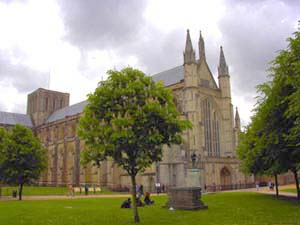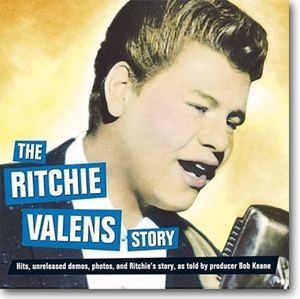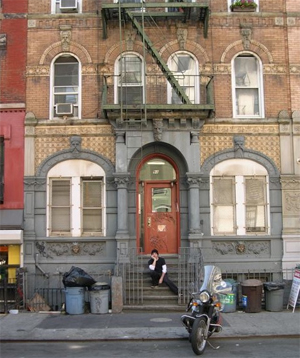5 quick facts you didn't know about Led Zeppelin's Physical Graffiti
A return to Led Zep's last great album (maybe)
Physical Graffiti is regarded by many as Led Zeppelin's last great album. It was recorded over several years, taking in reworked versions of previously discarded songs, before finally coming together after intensive - and extensive - Headley Grange sessions for a February 1975 release. To date, it's shifted north of 16 million copies in the US alone.
Here are five things you never knew about Physical Graffiti…
1. Physical Graffiti doubled in length
Physical Graffiti is frontman Robert Plant's favourite Led Zeppelin album, and one which he says represents the band at its most creative. Perhaps by 'creative', Plant actually meant 'epic': the original eight tracks were far too long for a single LP so - by including some previously unreleased recordings - it became a double.
One unheard song to make the cut, Houses Of The Holy, was also the inspiration for Led Zep's previous album of the same name.
2. During recording, bassist John Paul Jones nearly quit to join a choir

Physical Graffiti's recording process took 15 months. For the era, that's fairly standard for a touring band, but it could have been wrapped-up in half the time had John Paul Jones not been 'taken ill'.
In truth, the bassist was disillusioned and seriously considered becoming choirmaster at Winchester Cathedral before Zep's manager Peter Grant talked him out of it.
Upon return, Jones obviously felt rejuvenated because he even laid down some additional guitar - the only Led Zep album to boast such a fact.
Want all the hottest music and gear news, reviews, deals, features and more, direct to your inbox? Sign up here.
3. Led Zep gave Ritchie Valens' mum royalties for Boogie With Stu

The album track Boogie With Stu is credited to John Bonham, John Paul Jones, Jimmy Page, Robert Plant, Ian Stewart and… Mrs Valens. Mrs Valens is the mother of the late Ritchie Valens, whose 1959 track Ooh My Head 'inspired' Boogie With Stu. We'll let Jimmy Page explain the rest…
"When we were up at Headley Grange recording Physical Graffiti, Ian Stewart [the Rolling Stones' unofficial keyboard player] came by and we started to jam. The jam turned into Boogie With Stu, which was obviously a variation on Ooh My Head by the late Ritchie Valens, which itself was actually a variation of Little Richard's Ooh My Soul."
"What we tried to do was give Ritchie's mother credit, because we heard she never received any royalties from any of her son's hits, and Robert did lean on that lyric a bit. So what happens? They tried to sue us for all of the song! We had to say bugger off."
4. The apartment block on the cover was used by The Rolling Stones for 1981's Waiting On A Friend video
Physical Graffiti's artwork was designed by Peter Corriston, and features a photograph of 96 and 98 St Mark's Place in Manhattan.
The same designer was responsible for the Grammy Award-winning cover art of The Rolling Stones' Tattoo You. This album contains Waiting On A Friend, the video for which is shot on the doorsteps of none other than 96 and 98 St Mark's Place.
5. It still looks the same
Point four takes us flawlessly to point five: those apartment blocks still look the same. 33 years later, World Of Wonder returned to the scene to photograph the doorway…

Timeless building, timeless band?
Tom Porter worked on MusicRadar from its mid-2007 launch date to 2011, covering a range of music and music making topics, across features, gear news, reviews, interviews and more. A regular NAMM-goer back in the day, Tom now resides permanently in Los Angeles, where he's doing rather well at the Internet Movie Database (IMDB).